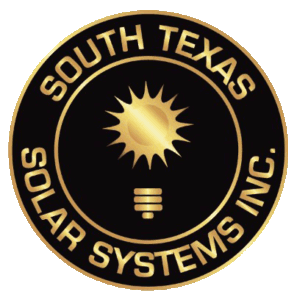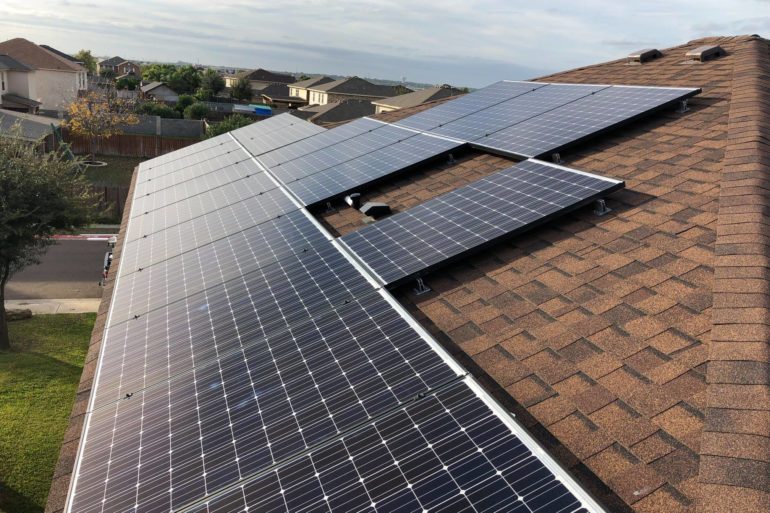SOLAR POWER INSTALLATION
Solar energy has emerged as one of the major sources of alternative energy. A substantial amount of the world’s energy is generated from fossil fuels.
Fossil fuels are depleting at a very fast rate, which has begged the need for alternative energy.
Governments and organizations all over the world are heavily investing in solar energy. In the US, more than a million homes have switched to solar. Today’s homeowners are educating themselves on the benefits of going solar and switching to solar.
If you are looking to take the next step and go solar, here are some guidelines to help you in your solar power installation journey.
What is the Process in Solar Power Installation?
The installation of solar panels in your home doesn’t just happen. There is a process to follow to get your panel ready for powering your home. It will take one to three months after you sign your contract with your installer before the solar panels are producing electricity for your home.
After signing your contract, an engineer will come to your home to assess the electrical status of your home. He/she will also ensure that everything will work well with your new energy source.
The engineer will also inspect your roof to ensure that it is structurally OK. He or she will also check your electric panel to see if you need to change it.
NOTE: This visit by the engineer is different from a general visit by the installer.
The next stop is paperwork. Just like any other financial decision, installing solar panels involves a lot of paperwork. Although most of the paperwork will be done by the installer, we want you to know what is going on every step of the way.
You will be applying for state and federal incentives, like local solar programs, federal, ITC, etc. You will also need to fill out other paperwork, like building permits. These permits are specific to where you live.
After the paperwork, the next step is ordering of equipment and getting your solar panel installation scheduled. At this point, you will have already decided on the equipment your system will include.
Once you order your equipment, your property will be to the installer’s queue.
The next step is the exciting one, the solar panel installation. Your installer will start by prepping your roof. Then, they put in electric wiring that will connect to your electric panel and general power system.
After this, they will install racking to support your panel. Once this is done, your panels will be placed on the racking. Finally, your inverters are connected to the panels to convert DC energy to AC energy, to be used in your home.
Installation may range from one to three days, depending on the size of the system you are installing.
The final step before you can connect your solar panel to the grid, a representative from your town government will need to take a look at your system and give approval.
The representative is just checking to see if your installer did a good job. Once approved, you can then connect to the grid.
Are you living in Texas? Contact us for quality Solar Panels. We are located in San Antonio, serving all of south Texas.
CLICK HERE to request a Free Estimate.

